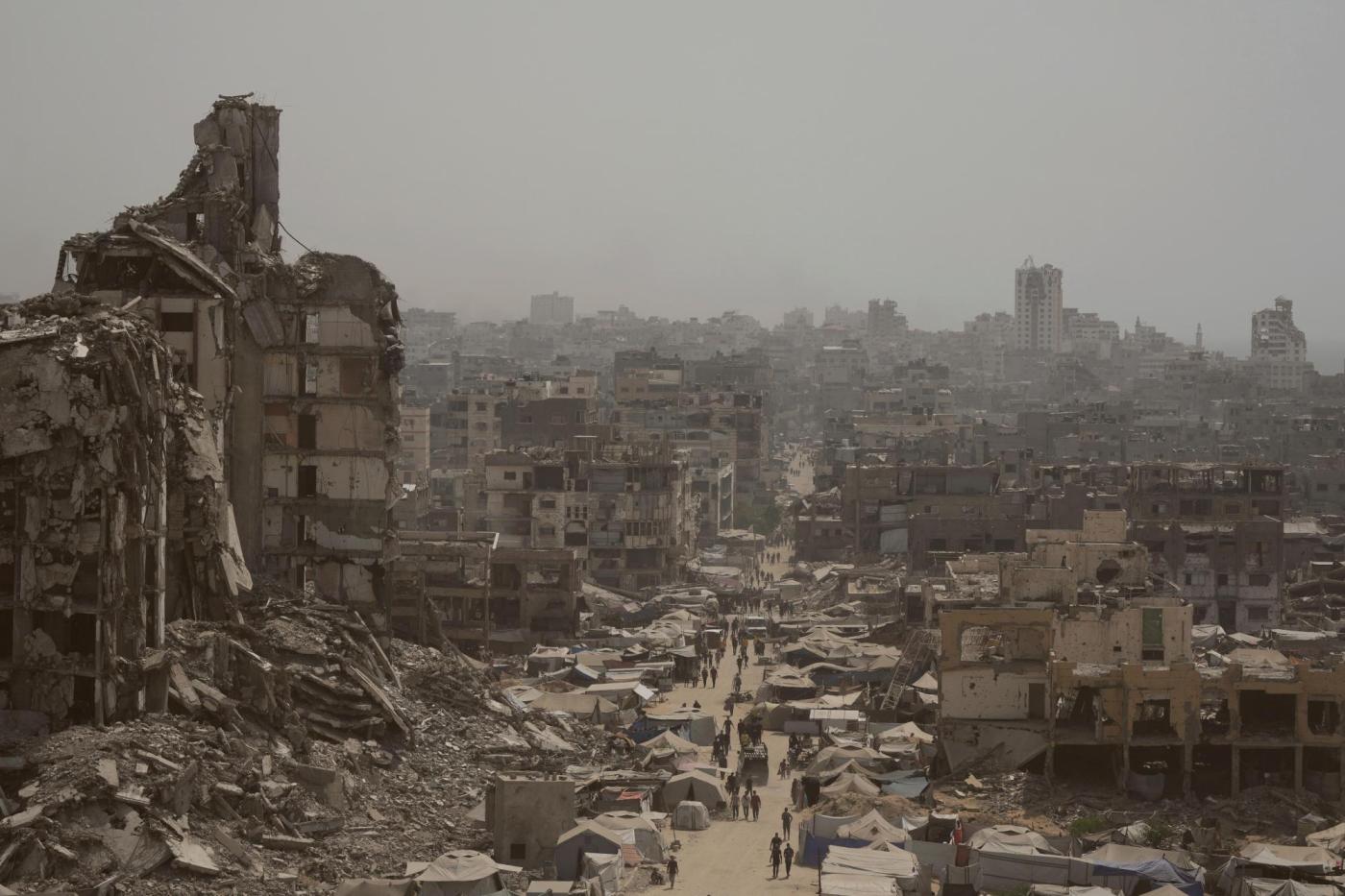The Integrated Food Security Phase Classification has declared that Gaza is currently experiencing famine, with the United Nations estimating that up to 100,000 women and children are suffering from acute malnutrition. Humanitarian aid agencies and rights groups have reported that the region is facing “widespread starvation.” In response to the dire situation, former United States President Donald Trump remarked, “That’s real starvation stuff, I see it, and you can’t fake that,” while pledging increased U.S. assistance to the people of Gaza. In contrast, Israeli Prime Minister Benjamin Netanyahu insisted, “There is no starvation in Gaza [and] no policy of starvation in Gaza.”
The ongoing conflict raises critical questions about the role of Hamas, the governing body in Gaza. The organization, which initiated the current hostilities by invading Israel and perpetrating acts of violence, is often criticized for its governance during times of crisis. Many observers argue that the suffering in Gaza can be directly attributed to Hamas’s actions and policies, yet the group seems to evade accountability amid the humanitarian crisis.
Reports from Gaza depict harrowing scenes of suffering, including the widely circulated images of Mohammed al-Matouq, a child whose frail appearance has been cited as evidence of starvation. However, it has emerged that al-Matouq suffers from cerebral palsy and genetic disorders, indicating that his condition has been misrepresented in the media to support a specific narrative. Major publications, including The New York Times and The Washington Post, have corrected earlier articles that inaccurately implicated the Israeli military in civilian casualties, underscoring the complex nature of reporting from the region.
Truth and clarity are often overshadowed by the narratives propagated by Hamas, which appears to benefit from the chaos. As aid becomes a crucial lifeline, Hamas has demonstrated a willingness to manipulate humanitarian relief for its own strategic advantage. The organization’s efforts to control aid distribution are evident in its attempts to shut down the Gaza Humanitarian Foundation (GHF), which is backed by both the United States and Israel. Instead of prioritizing civilian welfare, Hamas focuses on maintaining power and control over resources, diverting aid intended for the population to fund its military operations.
Strong allegations of mass starvation have been utilized as leverage against Israel, with Hamas hoping to incite international condemnation. The perception of humanitarian suffering fuels pressure on Israel to negotiate, while Hamas benefits from the international outcry, deflecting attention from its own role in perpetuating the conflict. Analysts argue that had Hamas chosen to release hostages and cease hostilities, the current war could have concluded swiftly.
International reactions to the situation have varied, with countries like France and Canada announcing plans to recognize Palestine as a state as of September 2023. Such developments could further embolden Hamas, as the group recognizes that diplomatic recognition may come as a reward for its actions rather than a consequence of peaceful engagement.
The implications of this ongoing conflict extend beyond immediate humanitarian concerns. As public opinion and political statements continue to pressure Israel, Hamas remains steadfast, confident that the international community will predominantly assign blame to Israel, even as it maintains its aggressive posture.
In summary, while the humanitarian crisis in Gaza is severe, attributing the suffering solely to Israel overlooks the significant role of Hamas. The current situation reflects a convoluted interplay of power, manipulation, and the tragic consequences of prolonged conflict, with the people of Gaza caught in the crossfire. Recognizing the complexities of this situation is essential for understanding the broader implications of the ongoing violence and the urgent need for a resolution.
